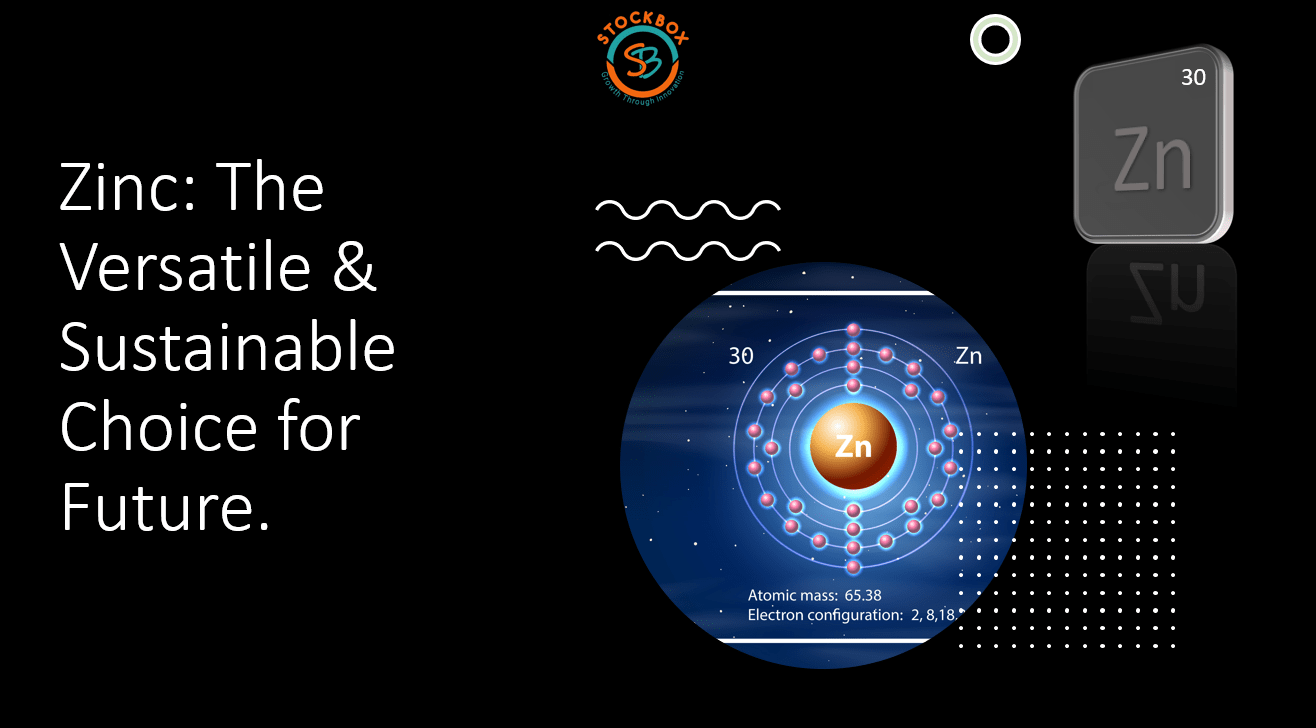For many years, zinc metal has been a crucial part of the industrial business, and its adaptability and toughness make it a popular option even now. The future of zinc utilization appears more promising than ever given the rising demand for ecologically friendly and sustainable products.
Zinc is a naturally occurring element obtained from different ores through a complicated mining, refining, and smelting process. United States, China, Peru, Australia, and Australia are amongst the major producers of zinc around the world.
The capacity of zinc metal to resist corrosion is one of its most important properties. This makes it the perfect option for exterior applications including roofing, gutters, and fence. Even galvanized steel, which finds extensive application in the building sector, is also produced using zinc.
In addition to being resistant to corrosion, zinc metal is renowned for being malleable and having a low melting point, which makes it simple to shape and mould into a variety of shapes. Moreover, the automotive sector uses zinc to make fuel tanks, batteries, and other parts for vehicles and trucks.
Zinc metal is becoming a more and more common option in the industrial sector as consumer demand for sustainable and environmentally friendly products rises. Zinc is completely recyclable, and recycling only utilizes a fraction of the energy as compared to the energy needed for its extraction and purification from its ores. As a result, zinc metal is an eco-friendly choice for many industrial applications.
With continuous expansion anticipated in the building, automotive, and electrical industries, the usage of zinc appears to have a bright future. Moreover, research is being done on zinc as a potential component for batteries and solar panels used in renewable energy.
In conclusion, zinc is a versatile, robust, and sustainable metal with a variety of industrial uses. It is a great option for many sectors due to its low melting point, malleability, and corrosion resistance. The future of zinc utilization is bright, and we can even anticipate even more cutting-edge applications for this valuable metal in the years to come.

